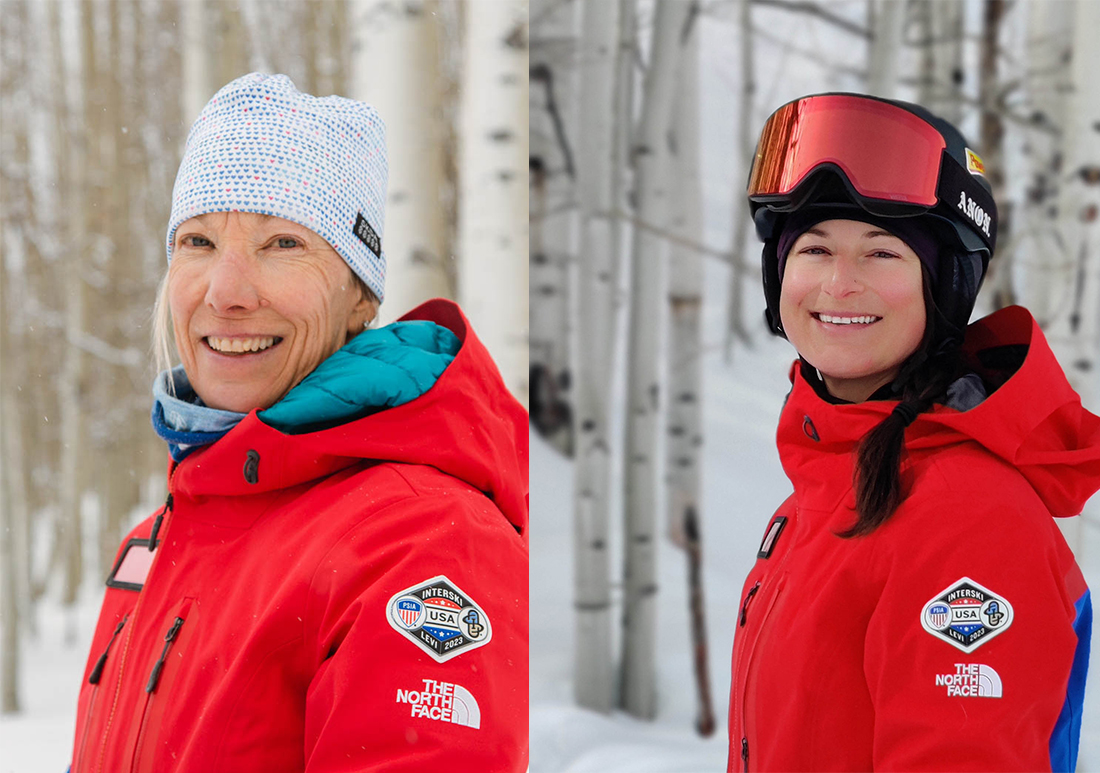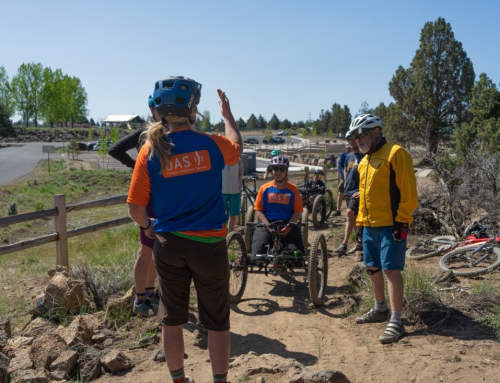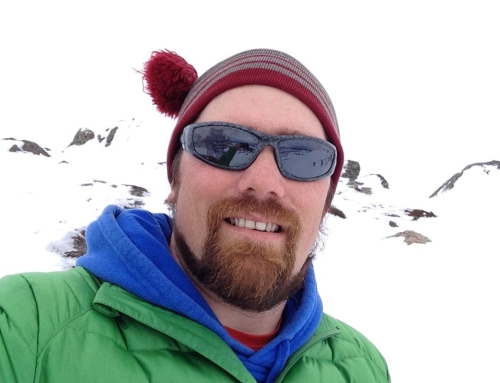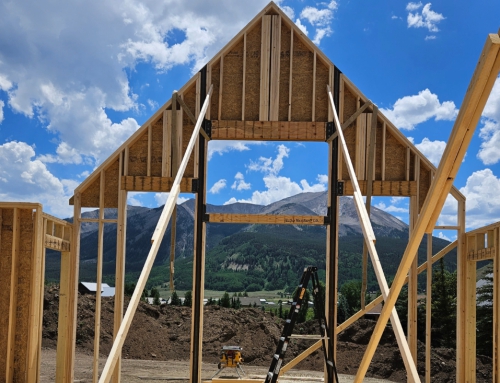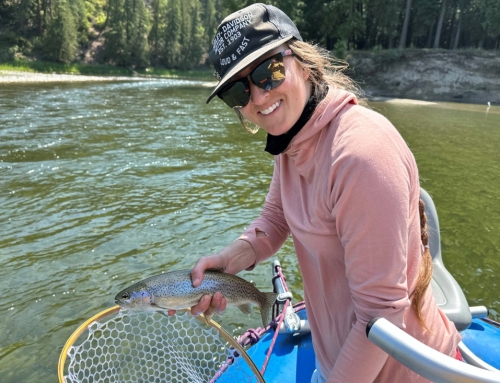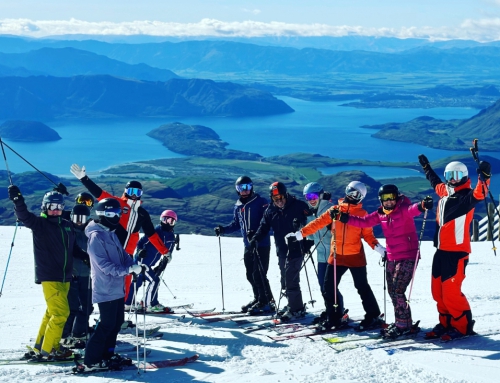Interski 2023: XC and Adaptive Takeaways from Czech Republic
Held every four years, Interski brings instructors together from around the world. The event offers a valuable educational opportunity for snowsports instructors to share their innovations and core beliefs. It gives PSIA-AASI, through its national team, a chance to compare the American Teaching System with the educational approaches of other countries and bring home ideas that help PSIA-AASI members improve and evolve.
Here, PSIA Cross Country Team Coach Emily Lovett and PSIA-AASI Adaptive Team member Christina Bruno share their takeaways from workshops from Czechoslovakia.
Emily Lovett
Games were a great way to warm up because it is so cold in Finland and get people mentally and physically loosened up. Czechoslovakia presented a game called “pin and balloon,” ideally for kids.
There is one “pin,” and the rest of the group are balloons. The pin tags and pops the balloons. Before the deflated balloon can move again, another balloon has to come and pump it up with five total body extension movements, like you’re pumping up a big raft (or balloon).
We also performed a variation on balance drills using a gentle downhill slope. Start on two feet, add complexity, and then go to one-foot balance activities. There were also other variations, including a straight run with using two legs while flexing and extending legs, changing your balance leg from cone to cone, changing your tele stance from cone to cone, and balancing and hopping on one ski.
We did all of the exercises on a gentle downhill. It may help beginner skiers to try the balance/stance activity first on a flat, then downhill. I also liked a one-ski balance activity where we balanced on one ski down the gentle downhill and tapped the unweighted ski tip on the snow before us. This helped keep a good fore/aft body position on the gliding/balancing ski.
Christina Bruno
Prosthetic technology advancements can allow more individuals with lower limb amputations to ski with their prosthetics. Those with a lower limb amputation may have traditionally chosen three-track skiing on their non-affected leg.
This approach can be problematic long term for the individual. Three trackers often experience knee injuries and back issues from skiing on their “good” knee. With new technology, individuals can ski on their prosthetic and non-affected sides, allowing them to distribute forces from their movements more equally between the prosthetic and non-affected sides. Videos the Czechoslovakian team shared of skiers made it challenging to determine which leg was the prosthetic because it performed so well.
Instructors may consider using a student’s prosthetic for skiing or snowboarding instead of choosing three tracking. This option may be better for the long-term health and independence of the student.
The Paralympics does not have a classification for skiers with prosthetic and non-affected sides. Three-tracking is the only option. Hopefully, this study that shows the forces imposed on the non-affected leg when three tracking will help change future classifications.

